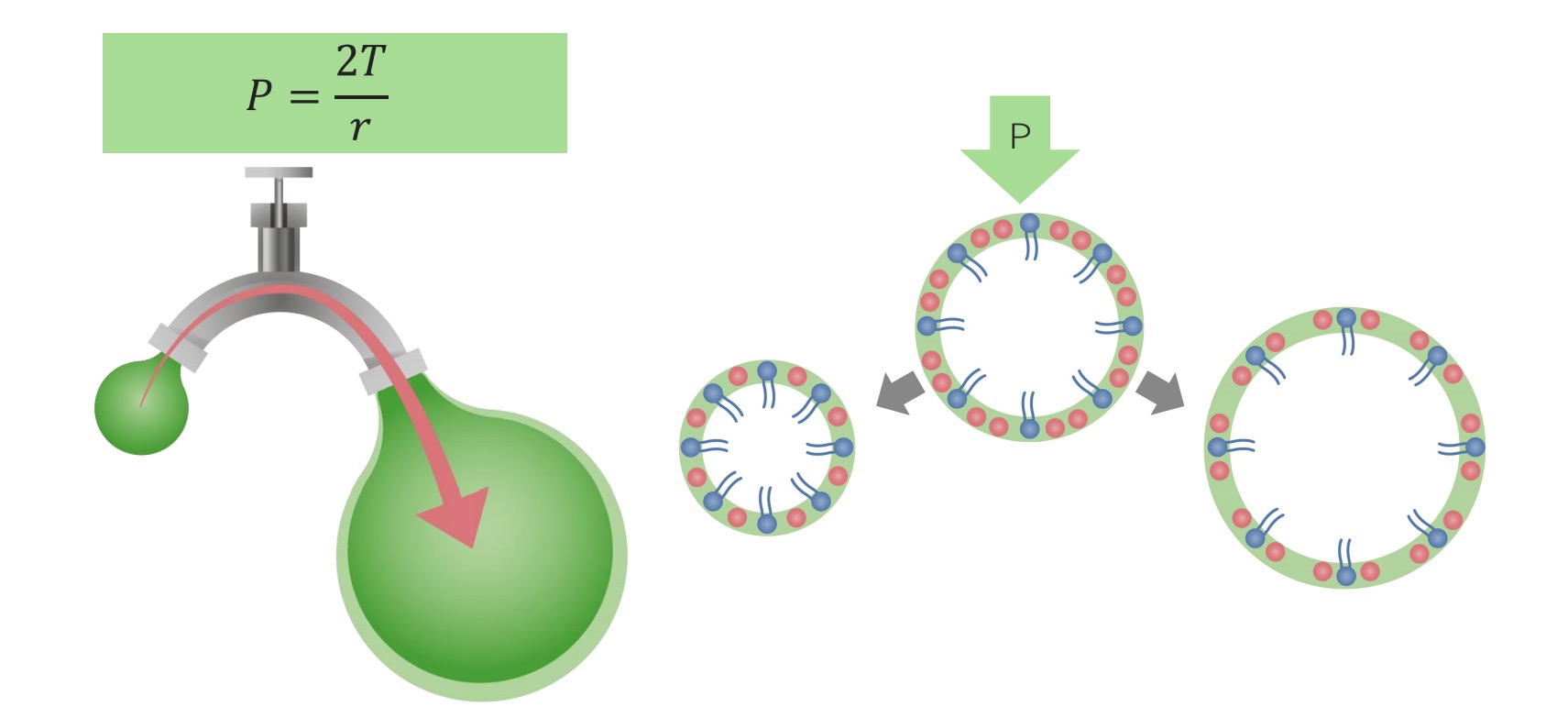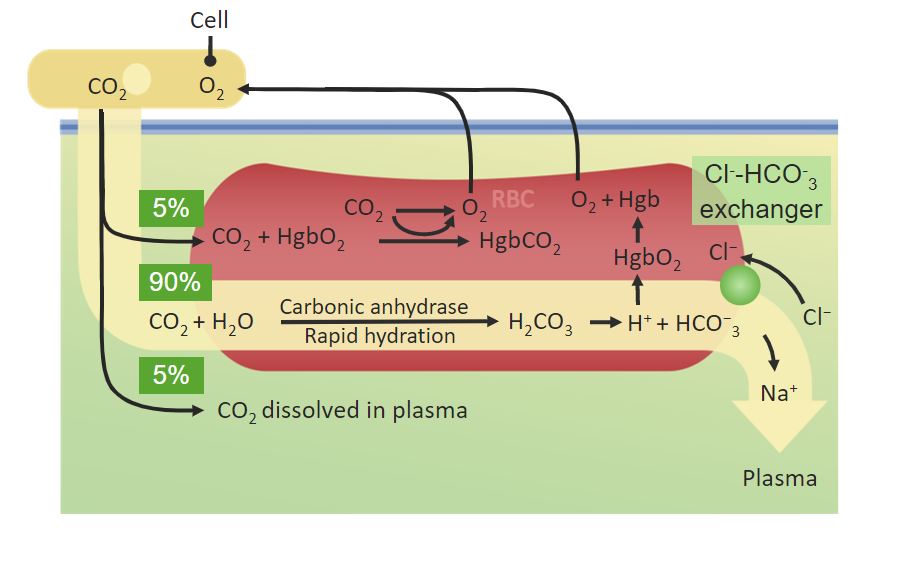Playlist
Show Playlist
Hide Playlist
Interrelations of Blood Gasses on Ventilation – Control & Regulation of Breathing
-
Slides 05 PulmonaryControlRegulation RespiratorySystem.pdf
-
Download Lecture Overview
00:01 Okay. 00:01 Now, let’s talk a little bit about how much ventilation gets changed in response to a change in the arterial blood gas. 00:08 So in this example, we have ventilation on the Y-axis and we have the partial pressure of carbon dioxide on the X-axis. 00:18 Hopefully, you can appreciate from this diagram that there is a fairly linear increase in the amount of ventilation per change in carbon dioxide. 00:32 However, you can get an increase in the slope of this response, if O2 is also low. 00:39 And this tells us that not only the CO2 drive breathing, but if O2 is low at the same time that CO2 is high, you’re going to get even a greater ventilatory response. 00:52 Now, O2 looks a little bit different than what the CO2 graph is. 00:57 So here, once again, we have ventilation on the Y-axis and now the partial pressure of oxygen on the X. 01:04 Here there’s no real change in ventilation until you get below about 60 millimeters of mercury. 01:11 Once you get below 60 millimeters of mercury, there is a dramatic rise in ventilation. 01:17 Similar to the previous figure, there is some modulation by CO2. 01:22 If CO2 is higher, you will get a greater ventilatory response per change in O2. 01:31 Now there are a number of clinical conditions that alter these particular relationships. 01:35 So once again, we have alveolar ventilation here on the Y-axis and we have partial pressure of the gas on the X and this is carbon dioxide. 01:45 If you’re in a condition of metabolic acidosis, there’s a very steep line here. 01:52 And this means that even small changes in the partial pressure of carbon dioxide in arterial blood will cause large changes on alveolar ventilation. 02:01 This is much greater than what it would have caused during awake and normal conditions. 02:06 Even in a blunted condition such as your sleeping, it’s still metabolic acidosis which causes such a larger increase in ventilation per change in carbon dioxide. 02:19 Now besides sleep, what are other ways in which this particular system is blunted? One of them is with certain drugs such as morphine, barbiturates, even clinical conditions such as chronic obstructive pulmonary disease. 02:35 These can blunt the response to CO2, meaning that the body can have high amounts of CO2, but less of a ventilatory response. 02:46 Even more of a blunting can occur during surgery with anesthetic agents on board and therefore even very high levels of a partial pressure of carbon dioxide will cause small changes in ventilation. 03:01 Looking at all of these together helps to give you an appreciation of the response of a change in a blood gas to what ventilatory response will need to happen. 03:11 And how clinical conditions and various drugs and pharmaceutical agents can alter those responses.
About the Lecture
The lecture Interrelations of Blood Gasses on Ventilation – Control & Regulation of Breathing by Thad Wilson, PhD is from the course Respiratory Physiology.
Included Quiz Questions
Which of the following will increase the alveolar ventilatory response to an increase in PaCO2?
- Metabolic acidosis
- Sleep
- Morphine
- Chronic obstructive pulmonary disease
- General anesthesia
Which of the following causes an increase in alveolar ventilation?
- Increase in PaCo2
- Metabolic alkalosis
- Increase in oxygen concentration
- Decrease in carbon dioxide
- Increase in blood flow
Customer reviews
5,0 of 5 stars
| 5 Stars |
|
5 |
| 4 Stars |
|
0 |
| 3 Stars |
|
0 |
| 2 Stars |
|
0 |
| 1 Star |
|
0 |






